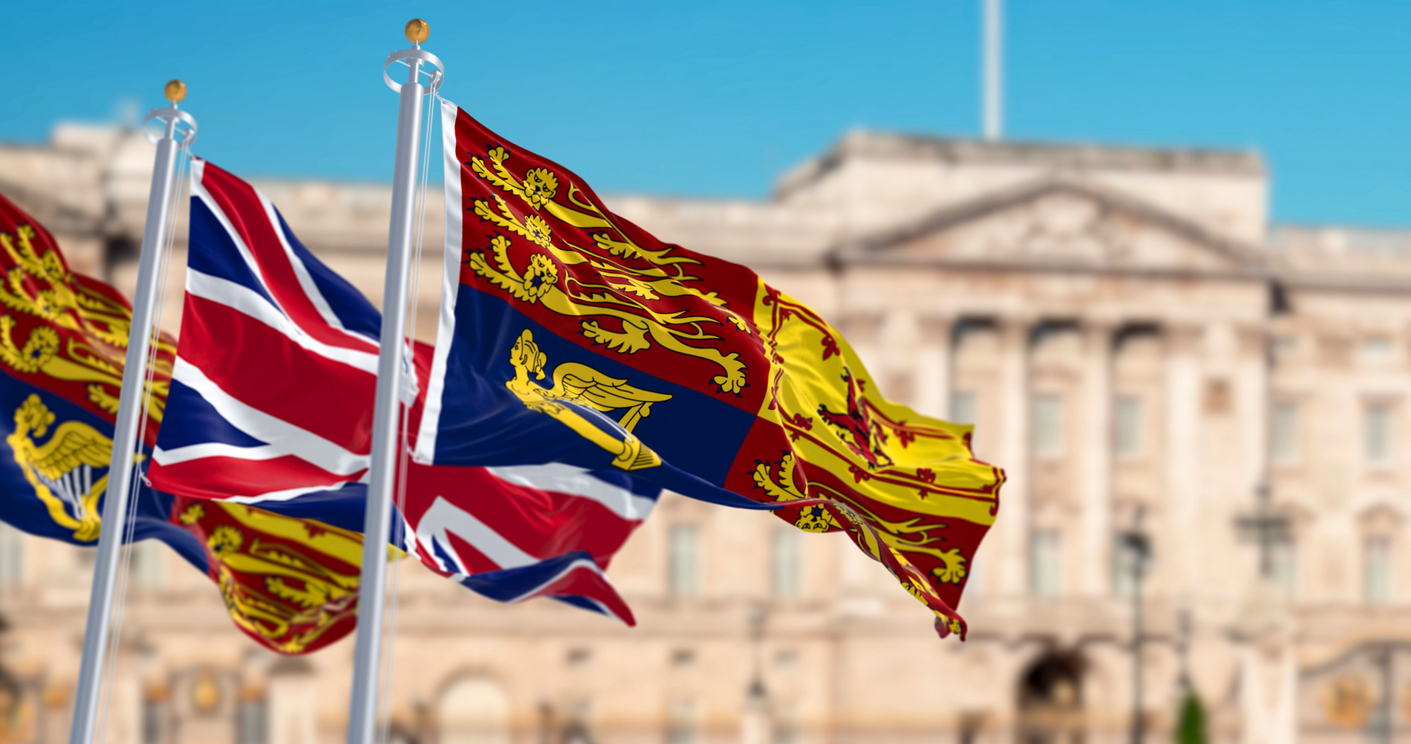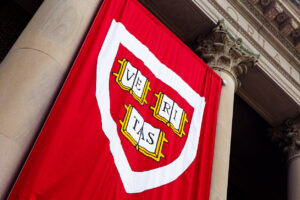After the Princess Catherine photo disaster, have this conversation with your clients
It’s time to come clean about photos.

Gabriel De La Rosa Cols is a principal at Intelligent Relations.
The recent release of a doctored photo of Princess Catherine, formerly known as Kate Middleton, and her family sparked widespread concern about the use of digital editing tools. But it also showed the ease with which conspiracy firestorms can arise from seemingly innocuous actions.
If you haven’t heard the story, several news agencies, including the Associated Press and Reuters, recently shared a family photograph of Catherine, Princess of Wales. The photo seemed to have been intended to prevent any more speculation over her health after she went virtually missing from the public eye since her abdominal surgery two months ago. However, those news agencies later retracted the photo and reported that there was evidence of photo manipulation.
Since then, a number of conspiracy theories have emerged about the state of the British Royal Family, Catherine’s health and pretty much anything else trolls can think of. And an apology from Princess Catherine insisting that the edits were merely the result of her own amateur efforts did nothing to stop the conspiracy storm.
So what happened here? And what should public relations professionals do to prevent similar incidents for their clients in a time when photo manipulation and AI-generated images are making it harder to know what is real or fake?
Loss of credibility
Clearly, media entities that are rightly focused on maintaining their credibility won’t stand for doctored images or anything else that might indicate a lack of honesty. The moment various publications realized the photo was doctored, not only did they retract it, but the photo immediately became a fantastic example of what not to do if you want a good relationship with the media.
Even after the retractions, the image did plenty of damage: the same media entities that published the image were beset by conspiracy theorists. As a result, some media companies have watched their credibility lose ground to unscrupulous actors who just want to foment rumors.
This should matter to us because part of our job as public relations professionals is maintaining good relationships with media entities and journalists. We’re here not only to help our clients, but also to make sure the stories we ask media personnel to promote are credible and won’t hurt their reputations. Needless to say, if we fail in that mission and it results in a similar PR fiasco because of an edited or AI-generated image or a false story, we’re going to have a very hard time convincing the same reporter or publication to view our client as a source in the future.
Basically, we need to avoid anything that looks like a lack of transparency on our part. The problem with Princess Catherine’s picture wasn’t that an amateur photographer decided to touch up a photo. The problem was the appearance of dishonesty, and that’s something that will really hurt the public image of any brand or famous spokesperson involved. Unfortunately, these types of incidents will continue to happen as more public figures and brands place a greater emphasis on digital technologies and/or AI-generated images.
Avoiding the firestorm
PR professionals are responsible for ensuring the authenticity of the content they send to the media on behalf of clients. Of course, you might not even be aware that your clients are using AI or editing to change images until some news station takes an issue with a photo you’ve sent over. But I think it’s fair to say that the Princess Catherine story at least gives you some leverage to open a discussion with your clients about the need to be cautious.
For the most part, edited images or images made with AI can suggest that your client has something to hide. So even if your pictures are a bit grainy or outdated, that’s preferable to something that clearly reveals that it has been edited.
You can also look for signs of an edited image yourself. In the case of the Princess Catherine image, there were clearly misaligned and missing objects. An AI-generated image often has smooth or blurry textures, colors, or unnatural lighting. If you discover an image has been edited or could give the impression of being edited or AI-generated, you might need to ask for a new image you can share.
Remember, if this is a mistake a high-powered PR team meant to protect royalty from criticism can make, then it’s also a mistake any of us could fall into. If you suspect your client may have doctored a photo, make sure not to send it out to the media. And maybe sit down and discuss how recent events have shown it’s just better to be transparent from the start. Your clients will thank you in the end.






